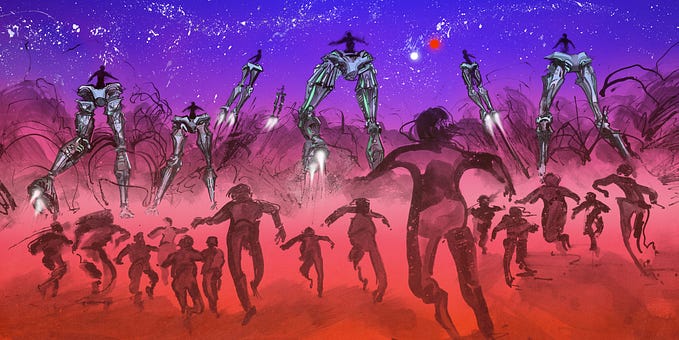
Member-only story
From the Mac Startup Tone to the Skype Ring, Sound Designers Discuss the Legacy of Their Creations
 What does a camera sound like? It sounds like a shutter opening and closing. To be specific, it sounds like the shutter of a 1970s Canon AE-1 owned by one particular ex-Apple designer.
What does a camera sound like? It sounds like a shutter opening and closing. To be specific, it sounds like the shutter of a 1970s Canon AE-1 owned by one particular ex-Apple designer.
When Jim Reekes used a recording of his old camera as the sound effect for a screenshot being taken on a Macintosh, he didn’t know that he was creating a signifier for generations to come. The same sound effect is used today by the iPhone, and what started as a simple way to imitate an analog object in the 20th century has taken on a life of its own in the 21st. The mechanical shutters may be long gone, but their sound lingers on — digitally.
There are still times when the noise of the mechanical breaks into our digital life: the invasive growl of a laptop cooling fan, say, or the wheeze of a printer spitting out paper. Mostly, though, whatever goes on inside the computers on our desks and in our pockets happens inaudibly. There is no sound of cogs turning, no staccato crunches of a floppy disk being read, no camera shutters opening and closing. The sound of process, of something being done, is all artifice; electronic chirrups, beeps, and hums that have been carefully designed to give an impression of activity.

These sounds have an enormous influence on how we think about the machines we use. Whether it’s the derivative design — known as skeuomorphism — of virtual shutters, or paper being rustled out of digital trash cans, or the abstract clucks, beeps, and hums of message notifications, these sounds turn inert screens into interfaces that thrum with life. But, as the concept of a computer has evolved from a single box in a single room to an ever-present, ever-connected network of devices, so too has the way we think about the sounds they make.
I hunted down a handful of developers and musicians, including Reekes, to find out how the sounds of our machines came into being, and how the associations of user interfaces (UIs) are shifting. I spoke to these people over the phone, via email, and in one case snuck into a King Crimson press…









